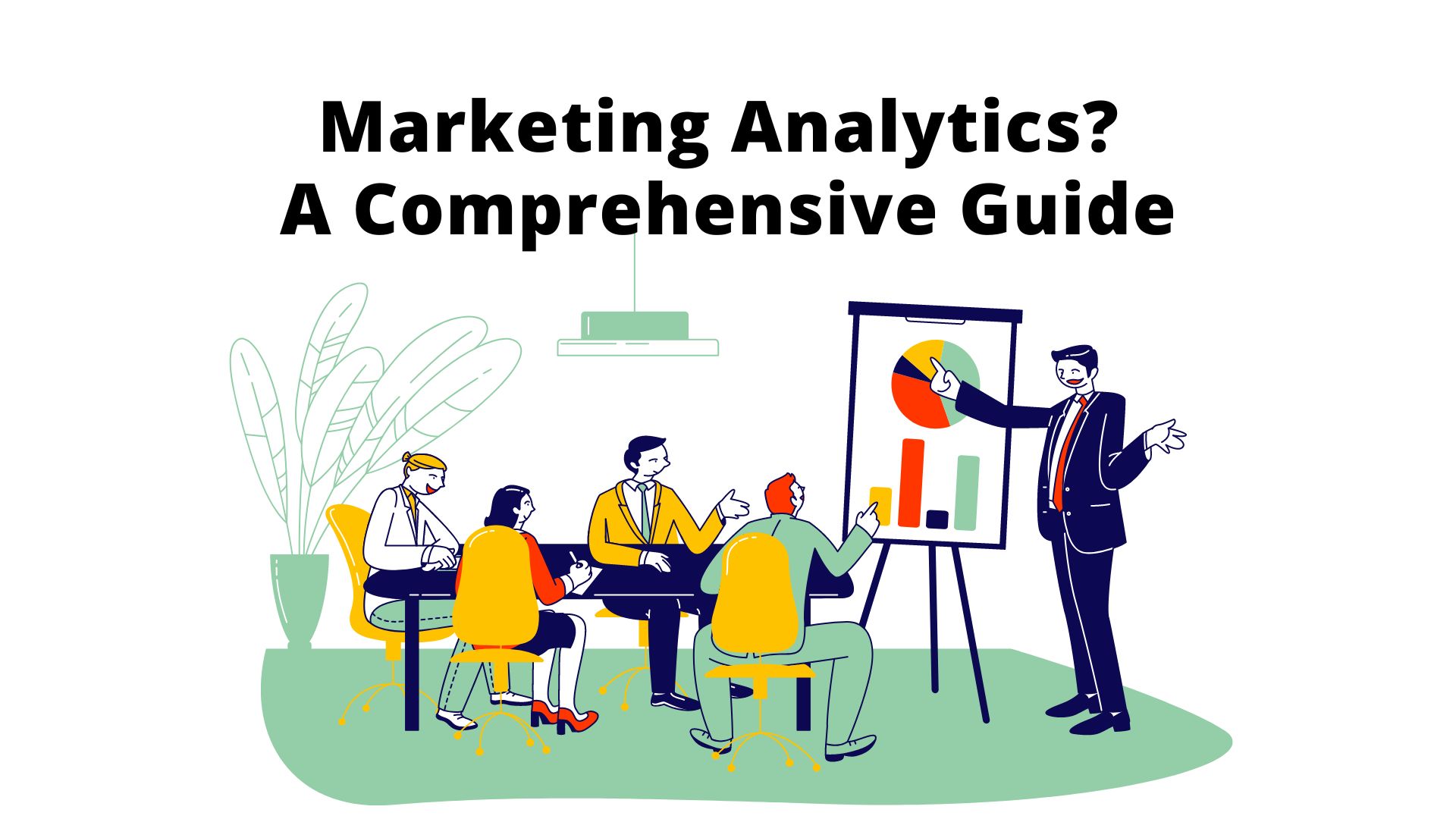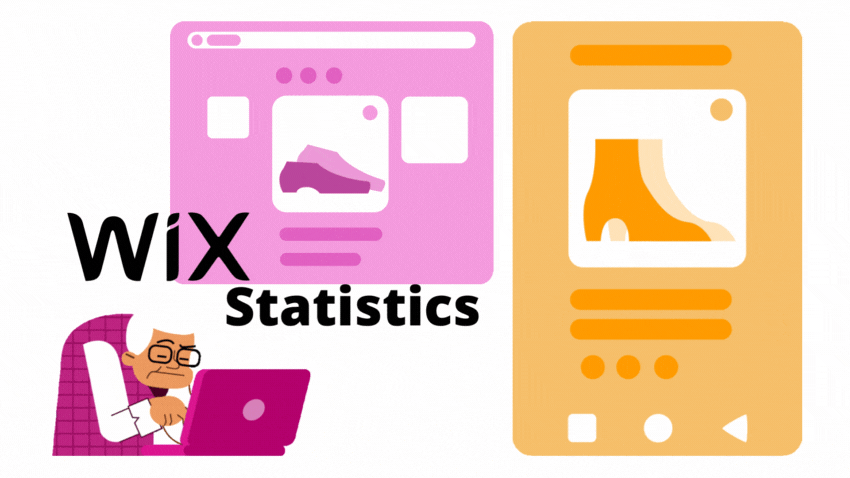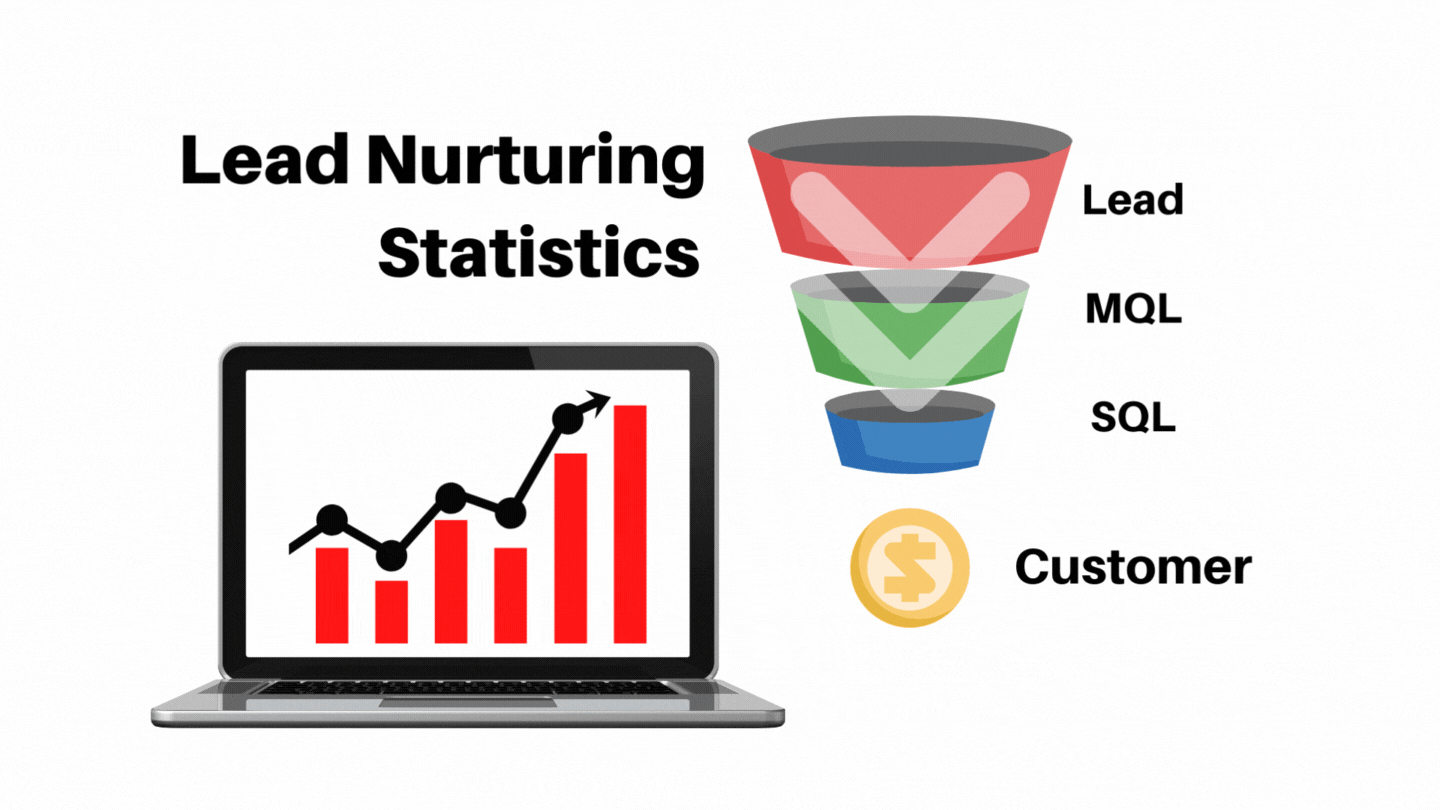What Is Marketing Analytics? A Comprehensive Guide

Page Contents
- What Is Marketing Analytics?
- How Businesses Utilize Marketing Analytics
- Data Analysis: The Challenges
- What Does Marketing Analytics Software Do?
- Marketing Analytics Software – Capabilities And Features
- Implementation Of Marketing Analysis Within Your Program
- Marketing Analytics Managers Need The Following Skills
- How To Begin The Process Of Marketing Analytics
- Conclusion
What Is Marketing Analytics?: Marketing analytics is the way to use the data to measure the effectiveness and efficiency of marketing activities. You can integrate marketing AI into your company strategy to get deeper consumer insights, easily optimize your marketing goals, and achieve a higher return on your investment.
Consumers and marketers benefit from marketing analytics. This analysis enables marketers to increase the return on marketing investments by determining which factors are most successful in driving brand awareness, conversions, or both. Additionally, analytics ensures that consumers see more relevant, individualized adverts that appeal to their unique needs and interests rather than annoying mass communications.
There are many ways to analyze marketing data, depending on what KPIs are being measured. For example, brand awareness analysis uses different models and data than conversion analysis. These are some of the most popular analytics methods and models:
- UMM (Unified Marketing Measurement):- This type of measurement integrates different attribution models, such as Media Mix Models and Multi-Touch Attribution, into comprehensive engagement metrics.
- MTA (Multi-Touch Attribution):- Models of attribution that offer person-level information from all stages of the buyer's journey.
- MMM (Media Mix Models):- These are attribution models that consider aggregate data over a more extended time.
What Is Marketing Analytics?
Today's marketing landscape makes accurate data more important than ever. It is becoming increasingly difficult for consumers to choose which brands of media they want to interact with, and which ones they prefer to avoid.
To capture the attention and interest of the ideal customer, brands must be able to use specific data to produce personalized advertisements based on the individual's interests. This will enable marketing departments to send the correct advertisement through the appropriate channel, and allow customers to move through the sales funnel at their desired moment.
How Businesses Utilize Marketing Analytics
Your company may make decisions on everything from ad spending to branding, product upgrades, and much more with the help of marketing analytics data. It is crucial to gather data from both online and offline sources in order to get a complete picture of your campaigns and make the best judgments possible. Using this data, your team can obtain information about the following topics:
- Customer Preferences And Trends: Analytics reveals a lot about your target audience. What messages or pieces of art speak to them? Which goods are they purchasing, and which have they already researched? Which advertisements are converting and which are being ignored?
- Customer Support: Analytics also aids in identifying parts of the buying process that could be streamlined or enhanced. Where do your clients have difficulties? Are there any methods to simplify your product and make it easier for customers to check out?
- Product Intelligence:Analyzing the brand's products in-depth and their positioning in the market are both components of product intelligence. Organizations can better understand the unique selling points and competitive advantages of their products by communicating with consumers, polling target audiences, or otherwise including them in the surveys. Teams may then better align goods to their target market's particular consumer needs and interests, which will increase conversion rates.
- Competition: How do your marketing initiatives compare to the competition? If there is a gap, how can it be closed? What opportunities are your competitors taking advantage of that you might have missed?
- Media and Messaging: Data analysis is a way for marketers to determine the best channels to reach particular consumers. Because of the number of channels, this is especially important. Marketing professionals need to be aware of which social media platforms and digital channels people prefer in addition to the traditional marketing channels like television, broadcast, and print. These are the key questions that analytics answers:
- Which are generating the greatest sales?
- What media should you be purchasing?
- What message has the greatest impact on your audience?
- Product Development Trends:Analytics can also reveal what features buyers are looking for in a product. For upcoming iterations, marketing teams can provide this information to the product development team.
- Predict Future Results: If you fully comprehend why a campaign was successful, you may use that information to improve the ROI of subsequent initiatives.
Data Analysis: The Challenges
The most challenging part of the analysis process is understanding and figuring out how to use the vast amount of data marketers. To get meaningful insights, marketers must effectively decide how to organize the data into an easily readable style.
The following are some of the biggest challenges in marketing analytics today:
- Data Quality: Not only is there a problem with the vast information that organizations must sort through, but many people believe this data is unreliable. Forrester found that poor data quality resulted in a waste of 21% of respondents' media budgets. This indicates that, on average, one dollar out of every five was not being used properly. These sums can accumulate over a year, resulting in budget waste for mid-size and enterprise-level companies of between $1.2 million and $16.5 million. Organizations require a method to maintain the quality of their data so that their employees can use correct information to make the best decisions.
- Selecting Attribution Models: It can be challenging to choose the model that offers the best insights. For instance, multi-touch attribution and media mix modeling offer distinct insights—aggregate data on campaigns and consumer information at the individual level. The kinds of insights that marketers get will depend on the models they use. Engagement analysis across multiple channels may create confusion when deciding on the best model.
- Data Quantity: The advent of big data throughout the digital era allowed marketing teams to keep track of each customer's click, view, and impression. However, if the data cannot be organized and evaluated for insights that enable in-campaign adjustments, the volume of such type of data is meaningless. Marketers are now struggling with how to organize data to assess its meaning. Studies reveal that experienced data scientists spend more time organizing and preparing data than they do analyzing it.
- Lack Of Data Scientists: Many businesses lack access to the appropriate personnel, despite having access to the necessary data. In fact, only 1.9% of companies believe they have the right people to fully utilize marketing analytics, according to a report by The CMO.
- Correlating Data: In a similar vein, since marketers are gathering information from many diverse sources, they must figure out how to normalize it to make it comparable. Comparing offline and online activities can be particularly difficult because they are frequently assessed using various attribution models. Platforms that organize data from many sources, such as marketing analytics and unified marketing measurement, can truly show their value.
What Does Marketing Analytics Software Do?
Marketing analytics software overcomes the aforementioned difficulties by quickly gathering, organizing, and correlating valuable data, which enables them to perform real-time campaign optimizations.
Furthermore, modern marketing platforms are helpful because of how quickly they can store and handle enormous volumes of data. Having access to so much data has a number of disadvantages, one of which is that marketers cannot sort through it all in time to perform real-time optimizations. This is where the advanced analytics platforms come into play. As a result, marketers can modify creative or ad placement before the campaign is over, potentially increasing ROI.
Many systems, like marketing Evolution, use unified marketing measurement to combine and normalize marketing data from many channels and campaigns. This makes analysis simpler.
Nevertheless, advanced analytics platforms go beyond simply tracking consumer engagements to provide insights into brand equity and how particular audience segments respond to creative components. This assists marketers in calculating the ROI of brand-building and determining how to personalize branded experiences further.
Marketing Analytics Software – Capabilities And Features
Consider these essential features and capabilities when building a marketing analytics solution:
- Measurement capabilities for the brand.
- The ability to correlate offline and online attribution metrics.
- Real-time insights and analytics.
- Recommendations for the yearly media plan.
- Granular, person-level data.
- Contextualized market and customer insights
Implementation Of Marketing Analysis Within Your Program
- Create a Plan: – Create benchmarks and establish goals for yourself to effectively and accurately report your data.
- Implement your Plan: – Pay close attention to direct your data to the areas of your company where it will be most beneficial. It is important to put the correct team in place.
- Optimize Your Plan: – After putting your plan into action, you should make necessary changes to your team or data flow based on the outcomes in order to accelerate the flow of the leads through the sales funnel.
Marketing Analytics Managers Need The Following Skills
Market teams need to hire qualified analytics managers to ensure they can conduct high-quality analysis that leads to more engaging and profitable campaigns.
- Conduct Quality Analyses:- First and most importantly, analytics managers must be able to analyze large data sets and discern insights like engagement trends and buying patterns in their target audience.
- Understand Consumer and Marketing Technology Trends:- Analytics managers should be aware of consumer and Marketing Technology Trends. It will be important to consider consumer desires for a seamless omnichannel experience as well as how customers interact with augmented and virtual reality in order to determine the next steps for optimizing opportunities.
- Collaborate With Stakeholders:- Analytics team members must be able to use the data they have to tell compelling stories to stakeholders and show how other departments, such as product development or sales, can use these findings to boost conversions and engagement.
- Make Optimization Recommendations:- After gaining data insights, it is important to be able to make suggestions to improve underperforming campaigns based on trends. For instance, data may reveal that a particular consumer only interacted with branded content in the evening, leading to a change in strategy to offer the advertisement during the consumer's travel home rather than during the consumer's morning commute.
- Work With Analytics Tools:- Next, analytics managers need to be trained on and at ease using various automation tools and analytics platforms due to the critical role these tools play in shortening the time from consumer insight to consumer engagement.
How To Begin The Process Of Marketing Analytics
Here are four essential steps you can take at the beginning of your program if you want to improve your analytics capabilities:
#1. Recognize The Goals Of Your Measurement
You may track various components of a marketing campaign, including conversion rates, leads generated, and brand recognition. Before you analyze your data, be aware of the issue you're trying to resolve or the knowledge you're trying to get.
#2. Set A Benchmark
How does a successful campaign look? This will dictate the kind of data and metrics that marketers collect. For instance, if the goal is to improve brand recognition, the success benchmark can be an increased proportion of brand loyalty shown in a customer panel rather than an impression or online click.
#3. Analyze Your Present Skills
What's your company doing right now? Where do you have weaknesses? These weak spots can help strengthen your program, whether looking at offline campaign results or identifying the media that converts the best.
#4. Make Use Of A Marketing Analytics Tool
Tools for marketing analytics will become more crucial as consumers become pickier and datasets expand. The various advanced platform like the Optimization platform and Marketing Measurement platform uses unified marketing measurement to assist marketers in determining the messaging and media formats that are most effective.
Unified marketing measurement is used by a sophisticated platform, like our Marketing Measurement and Optimization Platform, to assist marketers in determining the messaging and media formats that are most effective. This gives a comprehensive picture of which campaigns are effective and which are not in real-time.
Conclusion
Marketing analytics is a valuable solution that can help businesses improve their marketing strategies. By using analytics, companies can track data on what is working and not working and make changes accordingly.
Moreover, marketing analytics can help businesses better understand their customers and target them more effectively. Finally, marketing analytics is a valuable solution because it can help companies to save money by identifying ineffective marketing strategies and eliminating them.

Shivanjali, a Digital Marketing Expert, regularly contributes to various industry-specific magazines. She is interested in tech statistics, SMO, and raising awareness about technical how-to guides. She can often be found exploring different places on weekends.



